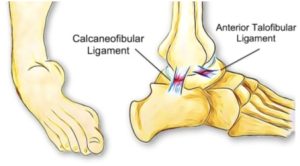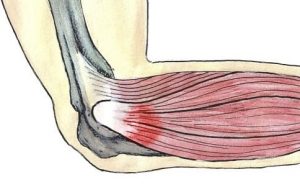Chronic ankle instability, as the name implies, is a chronic condition of instability affecting the ankle and it’s surrounding structures. It usually develops after a severe ankle sprain. However, some people are born with less stable ankles; these individuals are generally extra flexible throughout their bodies. Approximately 20% of ankle sprains lead to chronic ankle instability due to the resulting changes in ligament support, strength, postural control, muscle reaction time and sensation.
What are the symptoms?
As well as being more susceptible to ankle sprains, people with chronic ankle instability may notice they are extra cautious during high-intensity activities, if running on uneven surfaces or when changing directions quickly. They may experience a sense of weakness or frequent ‘giving way’ when weight-bearing.
What are the causes?
The primary causes of this condition are ligament laxity, decreased muscle strength of the muscles surrounding the ankle and reduced proprioception.
Following an ankle sprain, ligaments can be stretched and slightly weaker; in severe cases, they have torn altogether, leaving the ankle structurally weaker. Without full rehabilitation, the surrounding muscles also become weaker, and studies have shown that balance and sensation of the ankle can also be reduced. This means that the ankle is more likely to be injured again, creating a vicious cycle leading to further instability.
How can physiotherapy help?
Physiotherapy treatment for chronic ankle instability focuses on improving strength, control and balance with a variety of techniques. This approach can significantly improve ankle stability and reduce the risk of future sprains. Physiotherapists can help patients to regain confidence and get back to their best performance.
In some cases, orthotic braces for support can be used. However, this can lead to dependence and further loss of strength and control if used unnecessarily. In cases of extreme ligament laxity or if physiotherapy fails, surgery to repair the damaged ligaments is considered. This is usually combined with a full physiotherapy rehabilitation program for greatest success.
If you don’t feel 100% confident with your ankle, come and have a chat with one of our physiotherapists to see if we can help improve your ankle stability. None of the information in this article is a replacement for proper medical advice. Always see a medical professional for advice on your individual injury.


